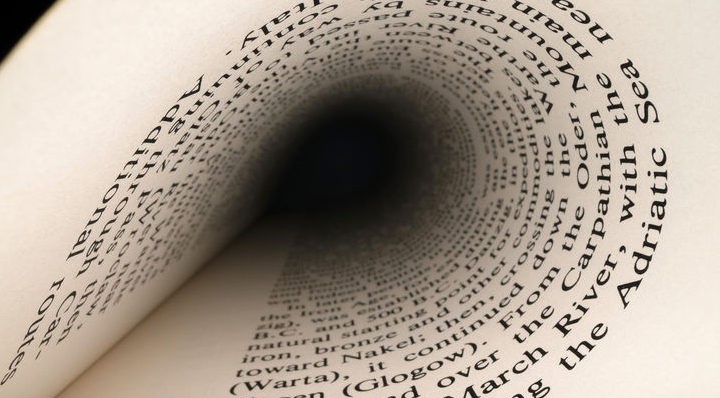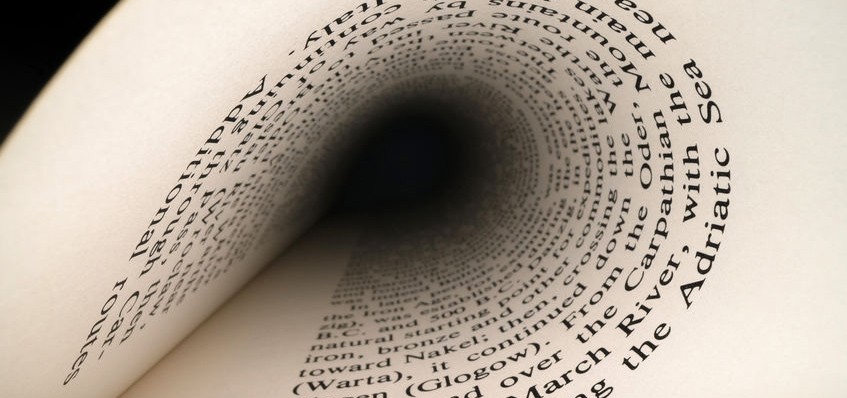In one of her first public appearances as Secretary of Education, Betsy DeVos delivered a speech at the 2017 Conservative Political Action Conference and established herself as a fixture in the culture wars.
Her brief remarks began with swipes at Bernie Sanders and the media, but the chilling centerpiece was directed at college students.
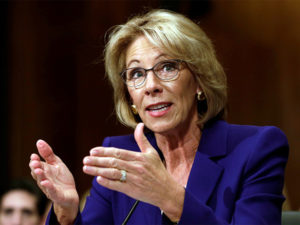
Betsy DeVos
“The fight against the education establishment extends to you too,” she told them. “The faculty, from adjunct professors to deans, tell you what to do, what to say, and more ominously, what to think. They say that if you voted for Donald Trump, you’re a threat to the university community.”
From the podium at one of the most prominent partisan events in the country, the secretary of education accused America’s professors of indoctrinating students.
Taking the battle to Christian universities
And the situation only gets worse if the college in question happens to be Christian. Two years later, almost certainly emboldened by DeVos’ stance, David Talcott wrote an article in The Federalist that lamented the “anti-Christian” trends currently wreaking havoc on Christian colleges.
Talcott’s examples border on the cliched to those familiar with the intersection of campus and culture war: student backlash to Mike Pence at Taylor University; the now-infamous bakery protests at Oberlin; Larycia Hawkins’ “same God” controversy at Wheaton. These are familiar stories, trotted out for all the familiar reasons.
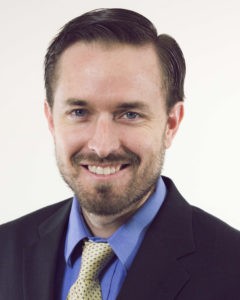
David Talcott
Still, Talcott’s forceful conclusion is jarring: “We can no longer assume that everything is OK simply because the school has always been Christian and conservative. After all, Harvard University was founded to train Christian ministers. Schools have drifted before, and they can do so again. Based on the available evidence, it’s already happening.”
DeVos blames faculty, while Talcott takes aim at culture, but the end result is the same: colleges and universities, especially faith-based institutions, are no longer safe or faithful places for the formation of young students, especially conservative ones. While some have gone so far as to suggest the formation of new universities that would be hospitable to conservative thought, most are content to stay and fight, transforming campuses into yet another bloody beachhead in the culture wars.
What the Right gets right
Although framed as a thoroughly partisan speech, there is a large, well-established body of data that supports some of DeVos’ claims at CPAC. While the vast majority (90%) of students report feeling no pressure to align with their professors’ political views, a sizable minority of very conservative students (35%) disagree, especially if they major in the humanities or the arts. Researchers attribute this pressure to a variety of factors, but pundits commonly chalk it up to a massive ideological imbalance on campus — and to the very nature of the educational process itself.
In 1969, roughly a quarter of American faculty were at least “moderately conservative.” By 1999, that number dropped to 12%. Nationally, the figure seems to be holding steady — Samuel J. Abrams put the ratio of liberal to conservative faculty at 6 to 1 in 2014, or about 14% — but the data become even more stark when broken down.
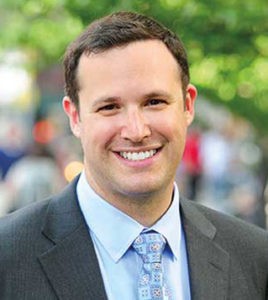
Samuel J. Abams
When Abrams checked by region, for example, he found that New England colleges boasted a liberal-to-conservative ratio of 28 to 1. And according to some researchers, “conservative” professors may make up a mere 4% of the faculty in sociology, 3% in history and 2% in literature. Although there are plenty of theories as to the cause, there is an undeniable ideological imbalance on American campuses, one that does not reflect the political affiliations of the population as a whole.
Talcott’s concerns about culture have some merit, too. Consider the specter of Title IX, that portion of the Higher Education Amendments that prohibits discrimination on the basis of sex. Under President Obama, Title IX protections were extended to transgender students, and civil rights laws were used to protect students in same-sex relationships. Although the Trump administration has rescinded most of those same protections, many conservatives in higher education remain wary. Not only do they remember the outcome of Bob Jones University v. United States, which saw the government remove Bob Jones’ tax-exempt status over a ban on interracial dating, they also recognize the impact future changes to Title IX could have on their bottom line.
Title IX violations may result in the loss of federally funded grants and scholarships, to say nothing of a university’s coveted tax-exempt status. And some Christian colleges rely on those federal dollars to the tune of 60% of their budget. Changing political culture could certainly impact institutions that refuse to acknowledge or support LGBTQ students.
What gets left out
DeVos, Talcott and others are only telling part of the story, though.
On the topic of ideological imbalance, the reality is complex. According to a 2007 study, “conservative” faculty remained a minority, but “moderates” actually edged out liberals (46.1% to 44.1%).
Educational context seems to matter more than anything. Faculty in the humanities roundly supported John Kerry in the 2004 presidential election, but George W. Bush received a third of the votes from business and computer science professors, and a slim majority from those who taught in health sciences. And almost 1 in 5 community college professors identify as conservative (but only 3.9% at liberal arts colleges).
Less than 2% of professors under the age of 35 identified as “left activists,” compared to 17% of those ages 50 to 64.
Age is another important factor, as less than 2% of professors under the age of 35 identified as “left activists,” compared to 17% of those ages 50 to 64. Again, there is an undeniable ideological gap (and plenty of theories as to its origins) but the reality is far more complex than simple red vs blue partisanship.
It is also worth noting that rare attempts to create or impose an artificial ideological “parity” within faculty have been disastrous; Southern Baptist seminaries, for example, tried to use such a program to appease conservatives in the 1990s, only to discover that the real conservative agenda was dominance, not parity.
And the question of indoctrination is even more suspect. While a longitudinal study conducted in collaboration with the Interfaith Youth Core found a small increase in students’ positive attitudes toward liberal politics by the time they graduated (from 58% to 70%), the same study found no overall change in student’s attitudes toward conservative politics. A whopping 42% of freshmen reported high positive attitudes toward political conservatives. And when they graduated, 42% of seniors reported the same assessment. In fact, college graduates are more liberal because college freshmen are more liberal (to say nothing of younger Americans generally). The percentage of liberal high school graduates who go on to college is simply higher than that of their conservative peers. Very few conservative conversions (coerced or otherwise) are responsible.
An important role for Christian colleges
It’s possible that DeVos, Talcott and others are simply arguing from a place of misinformation. Their data might be incomplete or out of date or come from a single source. But, given the ways in which they have positioned themselves as not just educators but culture warriors, their arguments seem to be made in bad faith, more interested in polarizing narratives and partisan red meat than anything approaching reality.
Indeed, the sociologist Neil Gross has argued that conservative leaders demonize education not because they really believe universities are dragging the country to the left but because they want to be seen as populists — stalwart defenders of traditional culture against the “predatory elite.”
Is there any way out of such a morass?
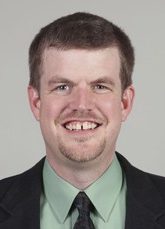
Thomas Kidd
Christian colleges and universities seem to be in a position to chart a hopeful path forward for higher education in this country. Interestingly, some data suggest that Christian colleges are simply better at maintaining ideological diversity than their secular counterparts. Baylor University historian Thomas Kidd argues that this is because Christian colleges “center” on Christ, making political and other ideological differences a “second-order priority.” Disagreement and diversity are allowed — expected, even — but are held together under the larger umbrella of a clear and common mission: to pursue truth and form students as disciples of Jesus.
Kidd’s Baylor colleague Alan Jacobs highlights this shared commitment as well, arguing that the explicit theological commitments of Christian colleges empower them to be more honest about their ideological biases than their secular counterparts. The key to creating a more robust ideological diversity on campus is not shouting down the other side or forming politically homogenous institutions. The key is being honest about the mission of the university and allowing diverse people to see how they can fulfill that mission alongside, within or even despite their other ideological commitments. Because they remain explicitly committed to a larger mission, Christian colleges have the potential to create campuses that break down ideological polarization.
This, by the way, is part of what makes the recent events at Hardin-Simmons University so tragic. Although the closing of Logsdon Seminary ties into a number of other factors in higher education (enrollment trends, bloated programs and fiscal responsibility, to name a few) there seems to be an undeniable political element to the story.
At a time when Christian colleges should be poised to take the lead in charting a way forward through the polarization, Hardin-Simmons could be sacrificing its divine unifying mission — “excellence in education enlightened by Christian faith and values” — on the mundane altar of partisanship.
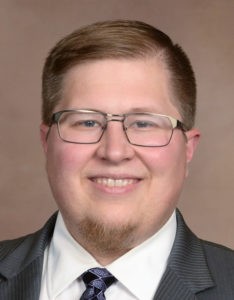
Aaron Coyle-Carr is a graduate of Candler School of Theology at Emory University. He’s currently a stay-at-home dad, Bible study teacher and researcher based in Dallas. He is married to Leanna Coyle-Carr, who also is a Baptist pastor.
Related articles:
Faced with generational crisis, Christian universities eye two paths
Hardin-Simmons trustees stand by decision to close Logsdon Seminary

